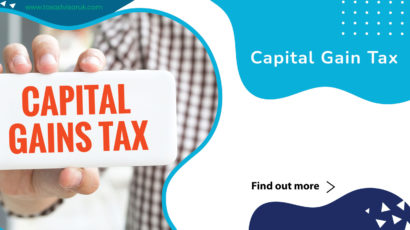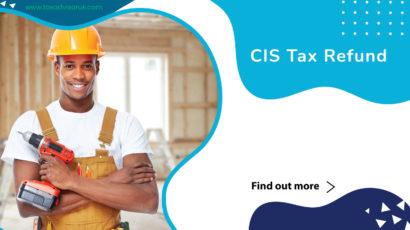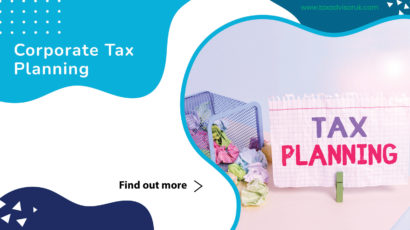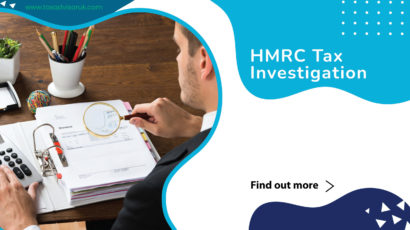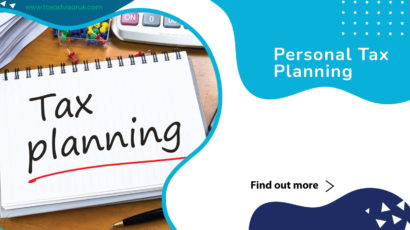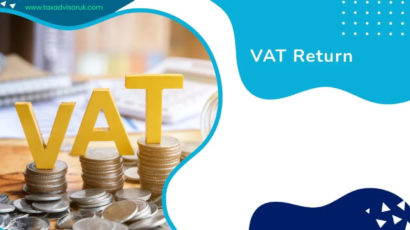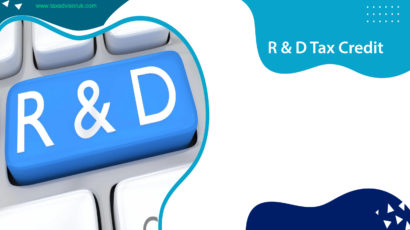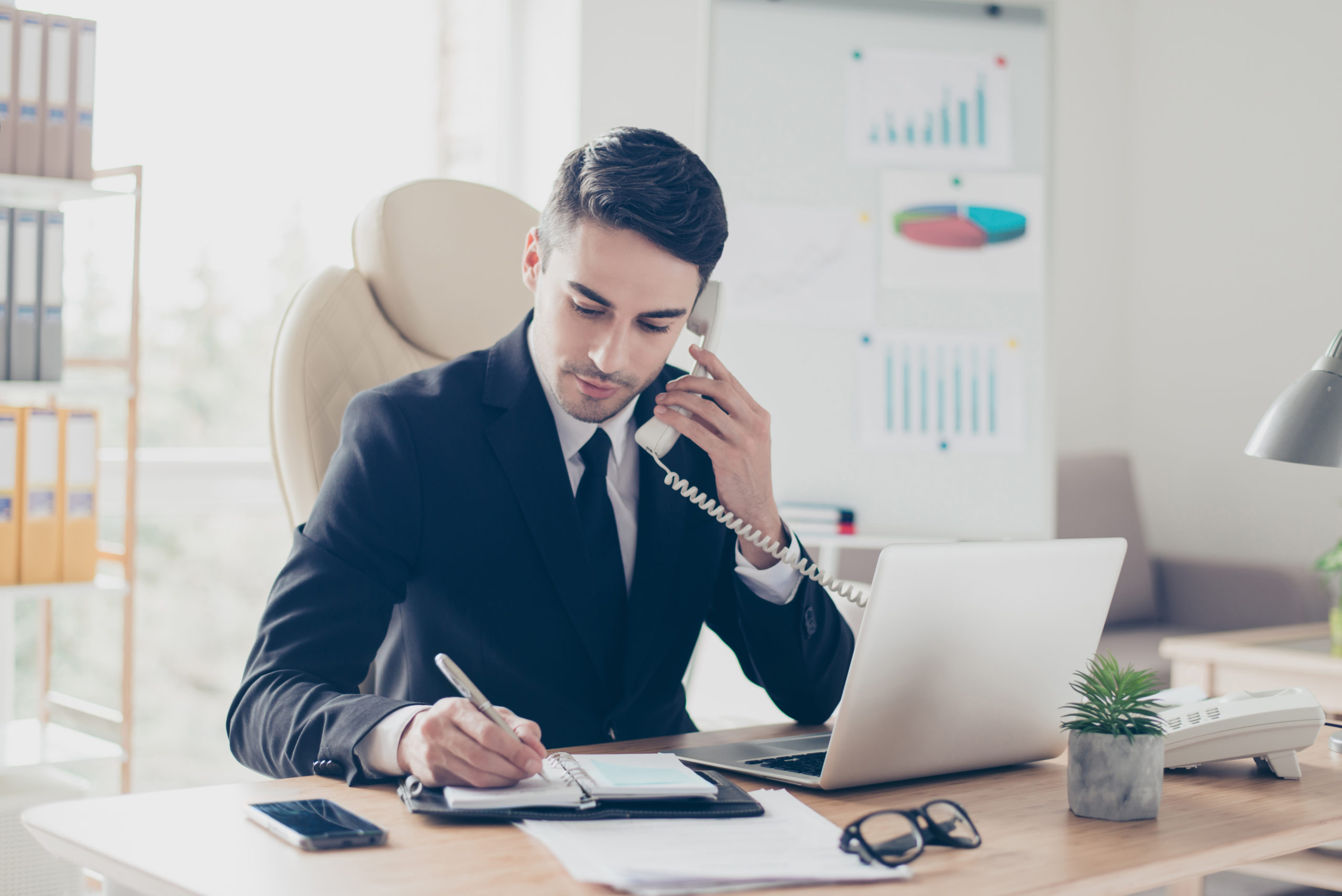When you’re a business owner, understanding taxes and claiming refunds and advantages can be difficult. That’s why having a professional accountant on your side can help you figure out what’s best for your business and how to get the most out of owning commercial property.Capital allowance expenditure is distinct from day-to-day operating expenditures, and it only permits you to claim tax relief on assets purchased for a business or commercial property.
The majority of commercial property owners are aware of capital tax deductions. They may, however, be missing out on some of the benefits of claiming tax relief and deductions on their own home.I’m sure you have an accountant if you buy commercial property, however one of the things that many generalist accountants overlook is claiming all of the appropriate capital allowances on commercial property.
So, the first question we should answer is: “what are the different kinds of Capital Allowances?”
In this article we cover:
. What are the different kinds of Capital allowances?
- What Capital allowances may be available?
- Super deduction allowance
- Structures and Building allowance
What are the different kinds of capital allowances?
Annual investment allowance– The “Annual Investment Allowance” is the first type of capital allowance (AIA). Except for cars not maintained on the business premises, you can claim an annual investment allowance (AIA) on most plants and machinery.An Annual investment allowance (AIA) allows a company to deduct the whole cost of an item from its profits before tax, up to £1 million. If you sell the item after claiming AIA, you may have to pay tax.
Written down allowance– The “written down allowance” is the second type of capital allowance. Things that do not qualify for AIA (for example, vehicles) and items that exceed the AIA threshold are covered by the written down allowance.
First-year allowance- The “first-year allowance” is the capital allowance that is applied at the end of the year. This tax credit encourages firms to invest in energy and water-saving equipment, such as zero-emission automobiles. You can’t claim anything on items you bought for your business to lease to others or use in a residence you rent out, just like you can’t claim anything on any other capital allowances.
What capital allowances may be available?
Actually, there are multiple things! A business property owner is likely to have claimed tax refunds on “movable” items in the past. Desks, chairs, and other basic furnishings are examples of movable objects that are required for the operation of many commercial buildings.An accountant can see these things simply by looking at your books and submit them to HMRC for the relevant tax deductibles and reliefs.
What does Plant and machinery include?
Cars, for example, are items that are purchased for usage in the business.Plant and Machinery include:
Fire alarms, CCTV systems, fitted kitchens, and bathroom suites are examples of fixtures.
alterations made to a structure to allow for the installation of additional plants and machinery (does not include repairs).
Integral features are:
Any type of moving walkway (lifts, escalators).
Water heating and cooling systems (does not include toilet and kitchen facilities).
Heating systems for both space and water.
HVAC (heating, ventilation, and air conditioning) systems.
Systems involving electricity (includes lighting systems).
Solar shading from the outside.
It’s crucial to remember that this isn’t an entire list, and more can be added as needed. You can also claim a capital allowance for things like upgrading disadvantaged commercial premises, research and development, mineral extraction, patents, dredging, and structure and buildings.
“So why are these things often not included when claiming capital allowance?”
The solution is straightforward. To include these items, the accountant will need to survey the property to determine what is and is not tax deductible. They will also comprehend any fittings purchased by previous owners and transferred to the new owner with an agreement if they complete the survey.Capital allowance expert accountants are usually the only ones who can make this happen and who have a thorough understanding of how to get tax relief and reduce your tax bill.
Furthermore, as a commercial property owner, you may be sitting on a lot of wasted tax deductibles and benefits due to capital allowance.
This has never been more true than now, during the reign of Covid. The government has proposed a “super deduction” as an incentive to encourage enterprises and businesses to invest in plants and machinery in order to help businesses and encourage growth.
Super Deduction allowance
This super deduction implies that any expenditure incurred from April 1, 2021, to March 31, 2023, can be claimed back at 130 percent on capital allowances (assuming the investments qualify, of course), resulting in a tax cut of up to 25p for every £1 a company invests.
Transferring capital allowance computations when a property is purchased is one of the many murky areas under these scenarios. Even if the business was unsuccessful and no claims were made for the fixtures, legislation established a few years ago states that the person or corporation selling the property shall disclose its capital allowance computations.
Even years after a purchase, a person can claim considerable tax relief, so it is critical for the new owner to take advantage of any tax refunds or deductibles. Normally, attorneys handle this scenario; nevertheless, many will declare that they have no interest in collecting capital allowances, which can have devastating effects for both the buyer and the seller.
Calculating the value of these products is straightforward because it is usually determined by market value, or what you paid for them at the time of purchase. At the end of the tax year, you can submit all of these claims along with your tax return. When purchasing any plant or apparatus for a commercial organisation, claiming capital allowances is a smart method to reduce your tax costs and get some tax relief.
Structures and building allowance
In the 2018 Budget, the government has introduced the Structures and Buildings Allowance, which applies to new non-residential structures and buildings. Relief is available on eligible construction costs incurred on or after 29 October 2018 on a straight-line basis at an annual rate of 2%. It means that expenses that were previously ineligible for Capital Allowances may now be eligible. Businesses should not assume that costs aren’t eligible just because they weren’t previously.
Conclusion
After learning and understanding all of the different types of capital allowances, I believe it’s safe to say that the best way to take advantage of the tax benefits of purchasing commercial property is to hire an accountant who is a capital allowance expert and can guide you and your company through the process, ensuring you take advantage of all available benefits.
It’s always a good idea to conduct your homework and find the best accountant that can understand your company’s demands and provide assistance in all areas. There are several companies that provide capital allowance claims as part of their services, so I’m confident that finding the correct fit will be a lot easier than it appears.
Capital allowances are a great tax break that can help you save a lot of money on your taxes, but they’re often ignored. TaxAdvisor UK Accountants have a wealth of experience in assisting businesses in claiming capital allowances and ensuring that they receive the highest tax reliefs possible, decreasing your tax payments. The importance of early and expert guidance, as well as the cost of such advice, cannot be overstated.
How TaxAdvisor UK can help
At TaxAdvisor UK , our experts will provide you 30 minutes free consultation and help you in managing all your tax and accounting work. Speak to our expert accountants, tax advisor on (0203) 5381276 or fill an online form today. We can have a consultation session over the phone, virtual or face to face meeting and will provide you no obligation fixed quote.




